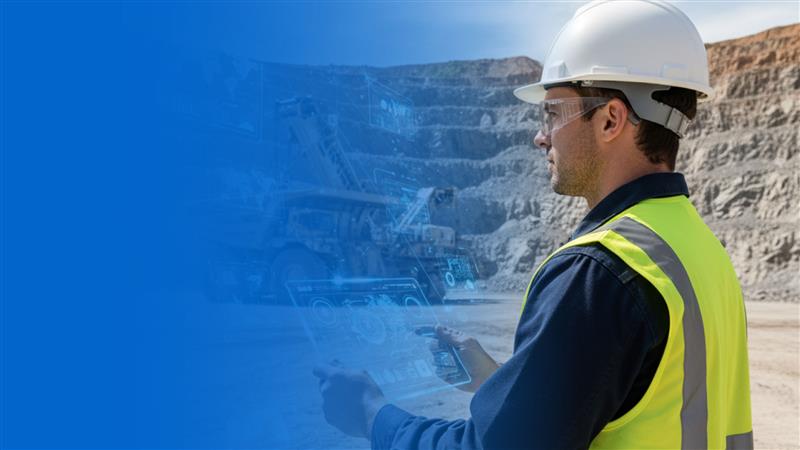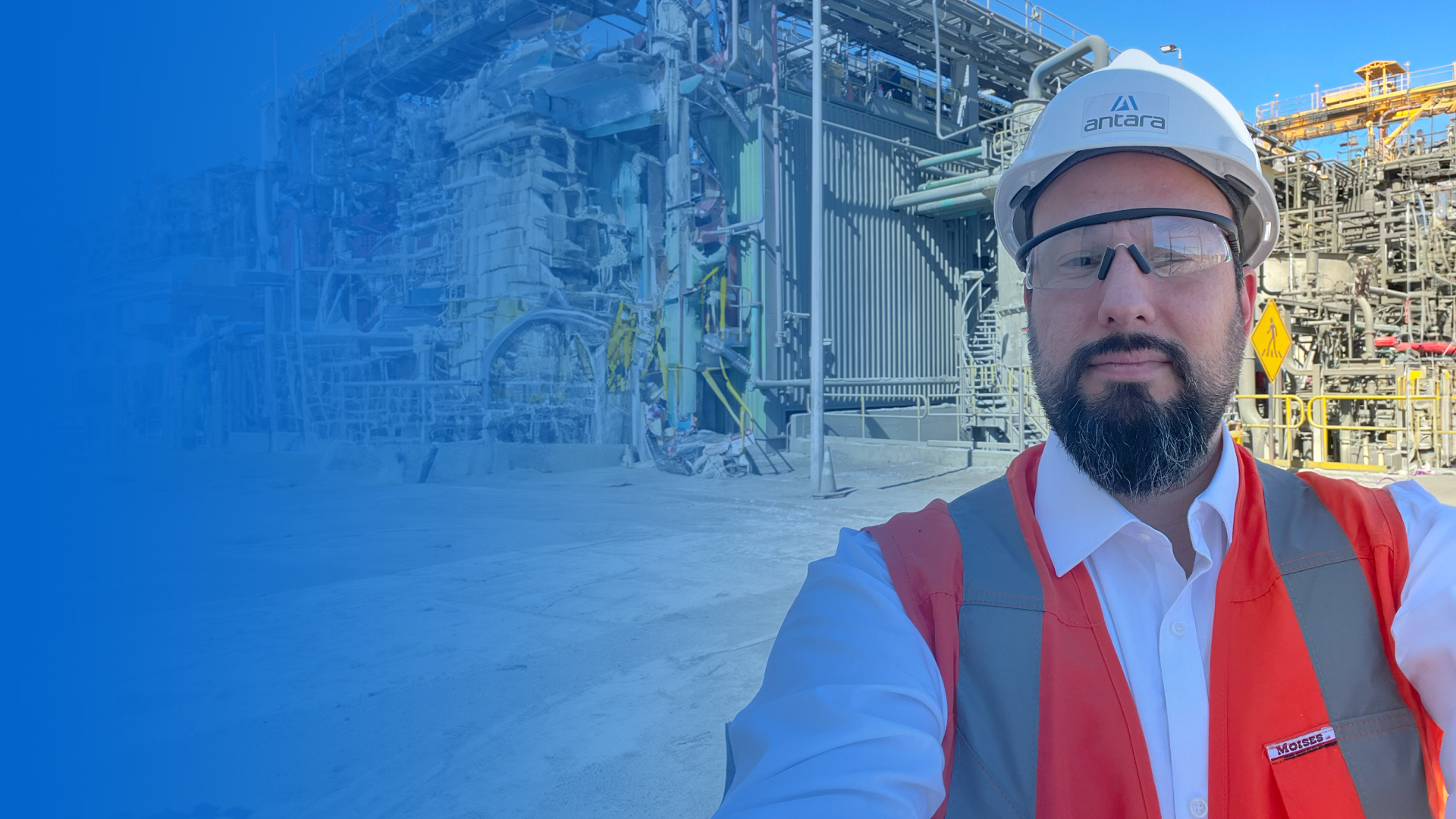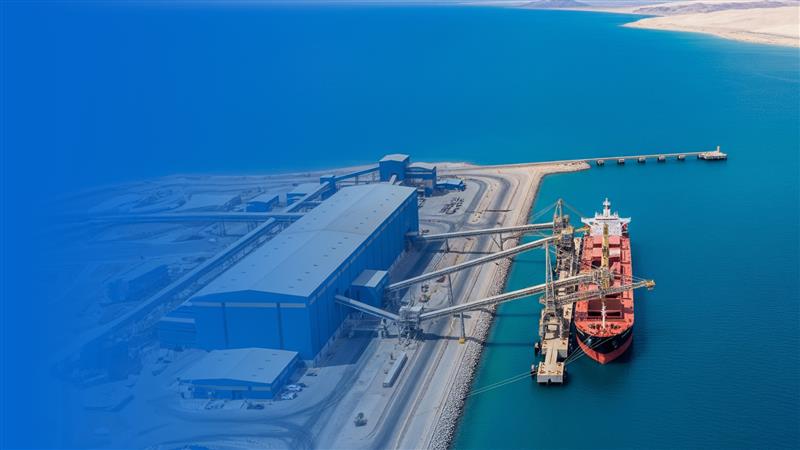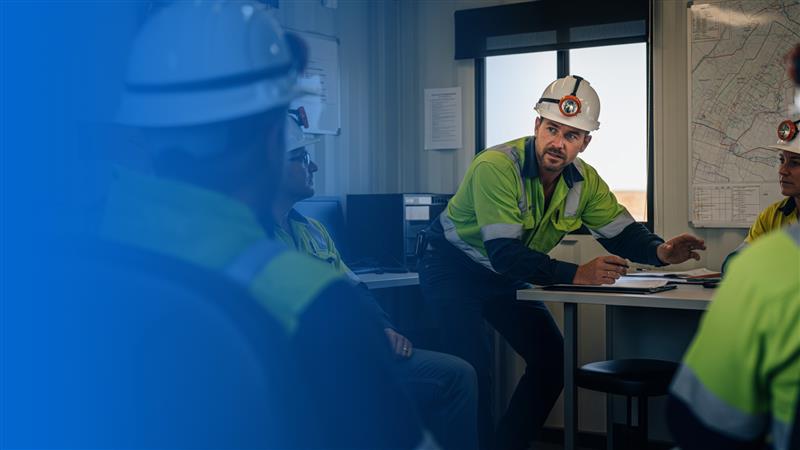Mining is an essential economic activity for Canada and Chile, with more factors in common than we think. Both countries stand out as world leaders in the production of minerals such as copper, gold and lithium, and for their commitment to innovation and sustainability in the sector. This article explores the mining tradition of Canada and Chile, highlighting the synergies, investment, major mining companies, exploration projects, technology and business relationships that drive the development of this industry in both countries.
A little bit of History
Mining in Canada
Mining in Canada has its roots in the 17th century, with the discovery of coal deposits on Cape Breton Island in 1672 . The first industrial-scale mining operation was an iron ore mine at Forges du Saint-Maurice, Quebec, which operated from 1738 to 1883 . Beginning in the 19th century, the Canadian mining industry experienced significant growth, driven by the discovery of gold in Quebec and the gold rush in British Columbia. During the Second World War, the production of strategic metals such as uranium became very important. Since the 1980s, Canadian mining companies have expanded globally, consolidating their presence in the international market.
Mining in Canada currently contributes about 1.5% of GDP, rising to 4.5% when processing and manufacturing are considered. The Canadian government, both nationally and locally, offers incentives for mining activity, including tax deductions and deferrals for mineral exploration and exploitation.
Mining in Chile
Mining has been present in Chile's history since pre-Columbian times. The indigenous people who inhabited the Chilean territory extracted copper from the Andes Mountains for the manufacture of tools and ornaments. With the arrival of the Spaniards, gold and silver mining became an important activity during the 16th century. However, it was in the 19th century when copper mining began to acquire greater relevance, driven by the Industrial Revolution and growing international demand.
Chile established itself as a major copper producer worldwide during the 19th and 20th centuries, attracting foreign investment and mining expertise. By the middle of the 20th century, Chile was positioned as the second largest copper producer in the world, after the United States, and in the 1980s, it became the world's leading producer. In addition to copper, Chile is the world's leading producer of lithium, iodine and natural nitrates.
Mining, especially copper mining, has been a fundamental pillar of Chile's economic and social development, driving investment, job creation and growth in the country .
Mining Investment
Both Canada and Chile stand out as major players on the global mining scene, attracting and mobilizing significant investment in the sector.
Canada, with Toronto as its financial epicenter, channels a significant flow of global mining investment. Canadian companies, with a strong presence on the Toronto Stock Exchange, seek opportunities internationally, focusing on the regulatory and legal stability of the host countries. Examples of this are Mexico, with an estimated investment potential of US$12 billion by 2025, and Peru, where Canadian investment has grown by 27% in the last five years, reaching US$14 billion, with a particular interest in copper and lithium projects.
Chile, for its part, is experiencing a remarkable dynamism in mining investment. A total investment of US$83,181 million is projected between 2024 and 2033, an increase of 26.6% compared to the previous period. This investment, driven by both state-owned and private companies, is concentrated in copper, gold, iron, lithium and other industrial minerals projects. By 2025, investments of more than US$7.7 billion are expected in copper projects, with the participation of companies such as Antofagasta Minerals, Collahuasi and Codelco, the latter with a projected annual investment of US$5.2 billion over the next decade.

Mining Exploration
At the exploration level, both countries present their own challenges, while Canada faces the challenge of balancing mineral exploration with indigenous rights and environmental protection, Chile focuses on technological innovation to overcome the complexity of exploring for new copper deposits in a diverse geological context.
Canada is characterized by a "free entry" system that allows companies to demarcate mining concessions. However, this system has generated tensions with indigenous communities, who claim their rights to territories and resources. In response to this, some provinces such as Ontario have implemented amendments that require companies to consult with indigenous peoples before exploration begins. In addition, Canada has several protected areas where mining exploration is restricted or prohibited, generating a debate on the balance between economic development and environmental conservation.
Chile, on the other hand, has focused its exploration mainly on the search for copper in porphyry-type systems, where it has the world's largest reserves. However, the increasing difficulty in finding surface deposits has prompted the implementation of new technologies and conceptual models to optimize exploration. Chile's geological diversity, with different types of copper deposits, has led to the adaptation of exploration techniques, ranging from geological mapping and geochemistry to drilling and geophysics.
Mining Technology
The mining industry in Canada and Chile is undergoing a profound technological transformation, driven by the need to improve the efficiency, safety and sustainability of operations. Both countries stand out for their adoption of cutting-edge technologies that optimize mining processes and minimize environmental impact.
Key Innovations:
- Sensors and Monitoring: Advanced sensors are used for mineral classification, air quality control and real-time environmental monitoring.
- Electrification and Automation: The electrification of heavy vehicles and the implementation of autonomous truck fleets are examples of how the mining industry is reducing CO2 emissions and increasing efficiency. Companies such as BHP and SQM in Chile are at the forefront of these innovations.
- Artificial Intelligence and Big Data: AI and Big Data analytics are used to optimize exploration, predict equipment failures and improve decision making. Advanced algorithms analyze large volumes of data to identify patterns and optimize mining resource management.
- Process traceability: AI and Big Data analytics are used to optimize exploration, predict equipment failures and improve decision making. Advanced algorithms analyze large volumes of data to identify patterns and optimize mining resource management.
- Blockchain and Traceability: The blockchain is used to ensure traceability and transparency in the supply chain, combating illegal trade in minerals and assuring consumers of the responsible sourcing of materials.
- Renewable Energy and Sustainability: The transition to more sustainable mining is reflected in the use of renewable energy, such as solar and wind, to reduce carbon footprint and energy costs. The Mining Association of Canada's Towards Sustainable Mining (TSM) program is an example of an initiative that promotes responsible practices.
- 3D Printing, Virtual Reality and Drones: 3D printing facilitates the manufacture of spare parts and tools, augmented reality (AR) and virtual reality (VR) are used for worker training, and drones enhance exploration and monitoring of operations.
- Biomining and Internet of Things: Biomining is used to extract metals in a more environmentally friendly way, while the Internet of Things (IoT) enables real-time data collection to optimize operation, prevent failures and improve resource management.
Canada-Chile Trade Relations in Mining
Canada and Chile maintain a close commercial relationship in the mining sector, boosted by the Free Trade Agreement (FTA) between the two countries, in force since 1997. This agreement has facilitated trade and investment in the mining sector, generating significant growth in exports and imports of minerals and related products.

Canada is the leading foreign investor in Chile, with a focus on mining and related services. Canadian companies have invested in mining projects in Chile, and in turn, Chilean companies have sought opportunities in the Canadian market. Chile's total exports to Canada in 2022 exceeded US$1,362.7 million, including US$773 million in copper.
Synergies between Canadian and Chilean Mining Tradition
Collaboration between Canada and Chile in the mining sector has strengthened in recent years. Both countries share common challenges, such as the need to increase productivity, improve sustainability and strengthen the social license to operate 23.
Examples of synergies between the Canadian and Chilean mining tradition include:
- Joint projects: Canadian and Chilean companies have established alliances to develop mining projects in Chile, such as the alliance between Teck Resources and Enami.
- Knowledge and technology exchange: Both countries have promoted the transfer of technology and innovation in mining through initiatives such as the first Chile-Canada Mining Innovation Summit, organized by Alta Ley and MICA.
- Cooperation in research and development: Corfo and the National Research Council (NRC) of Canada have established a collaboration to support innovation projects between the two countries. This initiative seeks to promote R&D projects between companies and research centers in both countries, with the objective of developing innovative solutions for the mining industry.
- Cooperation agreements: Through the Chilean-Canadian Chamber, companies from both countries constantly participate in commercial relations and missions, with the purpose of strengthening the economic and technological development of both countries.
Tradition to create a better future.
Canada and Chile share a strong mining tradition, with a long history of development and innovation in the sector. Both countries benefit from investment, technology and trade relations that drive the growth of the mining industry. Synergies between the two countries have been strengthened in recent years, through joint projects, knowledge sharing and cooperation in research and development. This collaboration contributes to the creation of a more sustainable, productive and responsible mining industry in both countries that can meet the challenges of the future, such as the growing demand for critical minerals for the energy transition and the need to minimize the environmental impact of operations.










